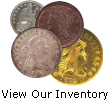The following was written by Tom.
This is an old New England saying, as the weather can sometimes vary tremendously within any 24-hour period. Last weekend this was certainly the case, with a record setting temperature for the month of January of 74 degrees. January is a time when we can potentially have several feet of snow. It was a pleasure going out for my weekend walk over the old North Bridge, through the town forest Fairyland, around Walden pond, and up and over Fairhaven Hill and back home in short sleeves and shorts. This is simply unheard of in the month of January in these parts. A day or two later we had temperatures in the low 30’s with several inches of snow, and as you can see, I built a snowman with my grandson Fergus. This past week we have had some 10 to 15-degree days, tomorrow rain is forecasted, followed by sunny warmer weather the following day. We never know what to expect.
Speaking of hot and cold, the recent FUN show in Orlando was one of our hottest and most active, as Brian, Chris, Steven, and I were busy doing pre-show business, seeing clients and dealer contacts, as well as seeing many long-time website customers. The constant activity of buying and selling, meeting new customers, and dealer-to-business, continued nonstop up until shows ended on Saturday. We always love starting off the new year with this popular event, and certainly all anticipations were met. I made every winter FUN show since 1972 and I’d never thought of missing one. Yikes - that’s 48 years! Hard to believe. And by the way, we also managed to get some time in at the NYINC world show a few days later. No rest for the weary!
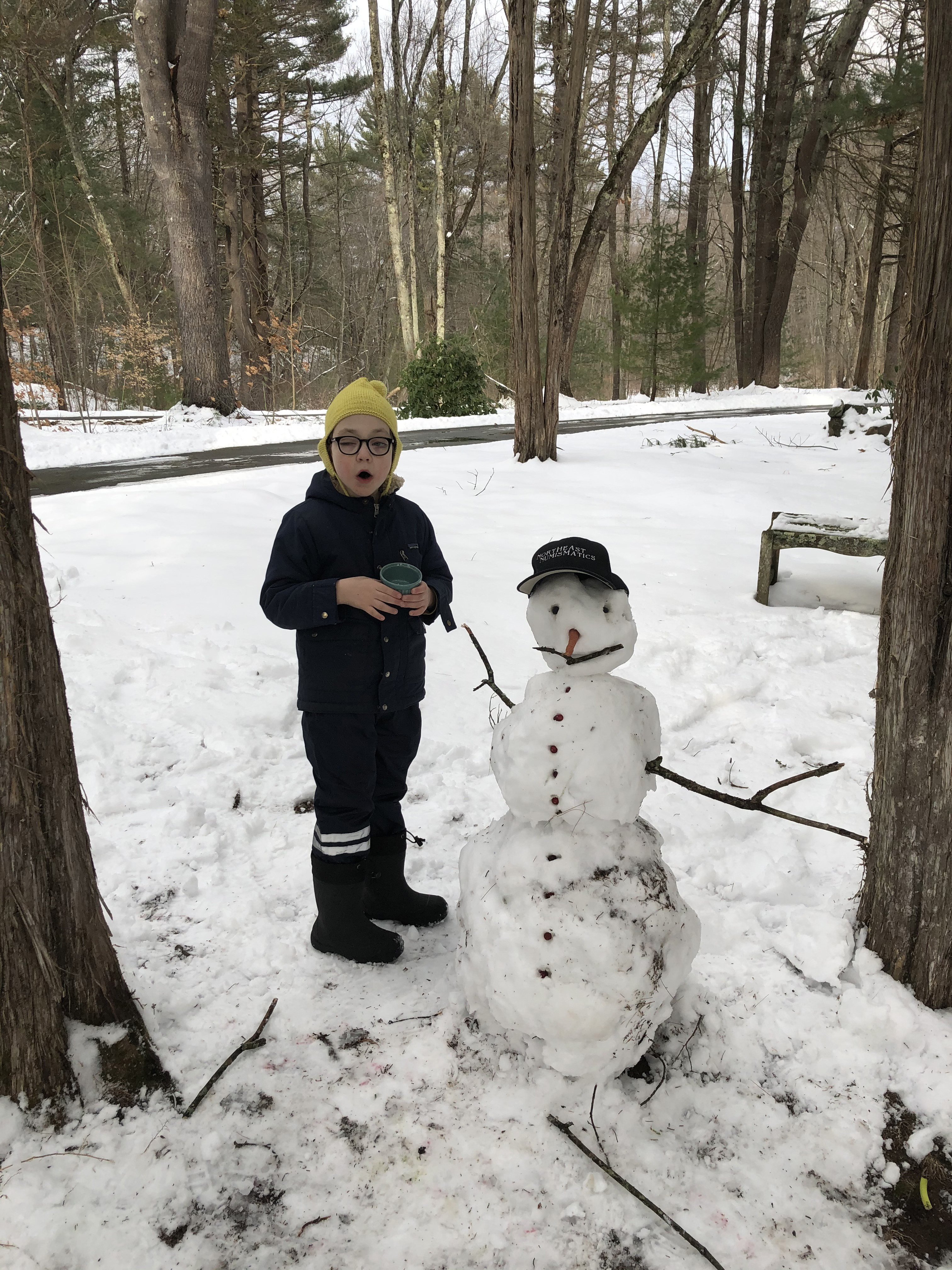
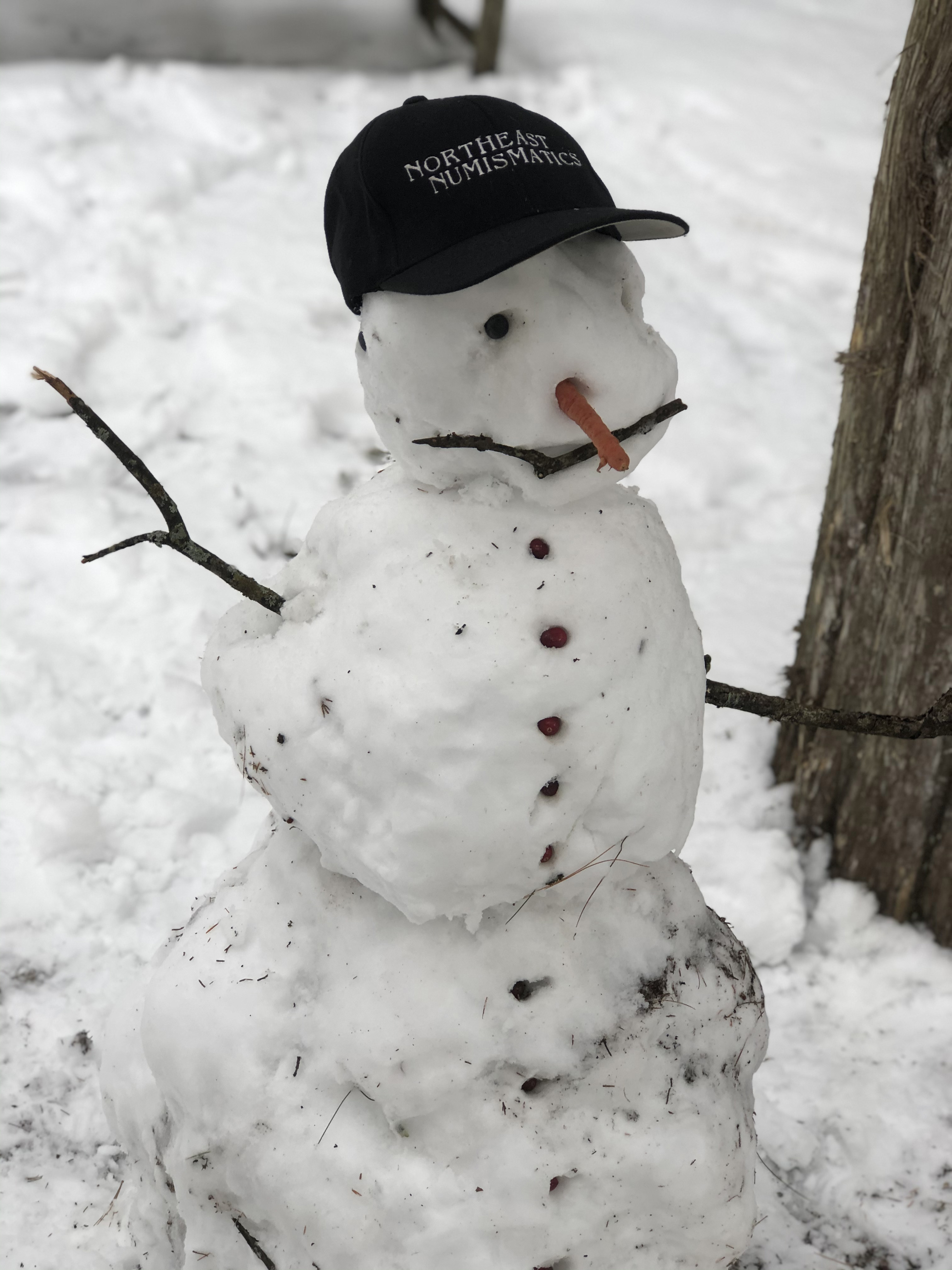
The following was posted by Chris.
Check out this find at a wine store near me this past weekend. Mercury Head Cabernet. Really high star rating, but also really expensive. I couldn't help myself and had to buy it. (Then explain to my wife when I brought it home that this nice wine is NOT for drinking!)
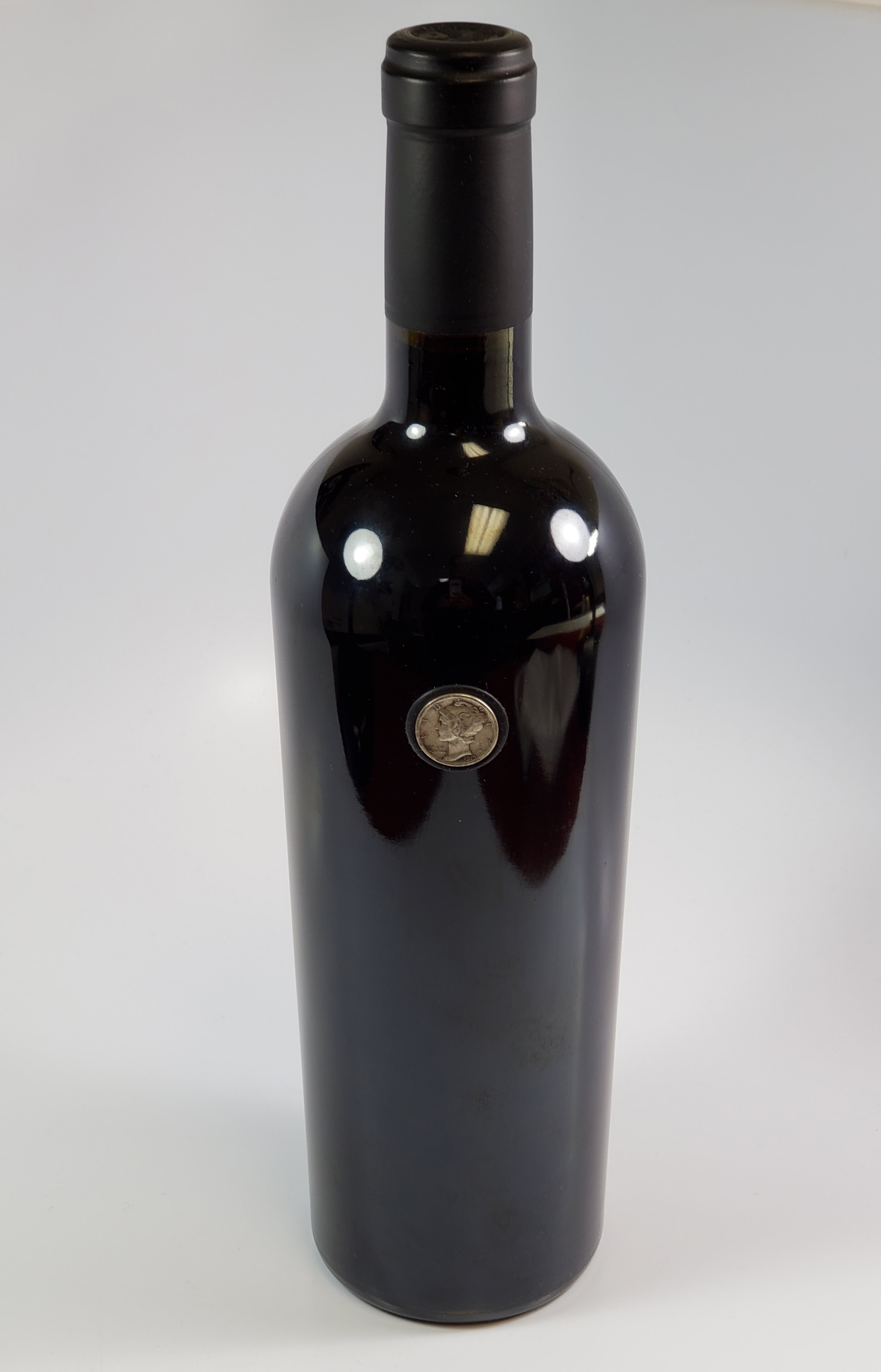
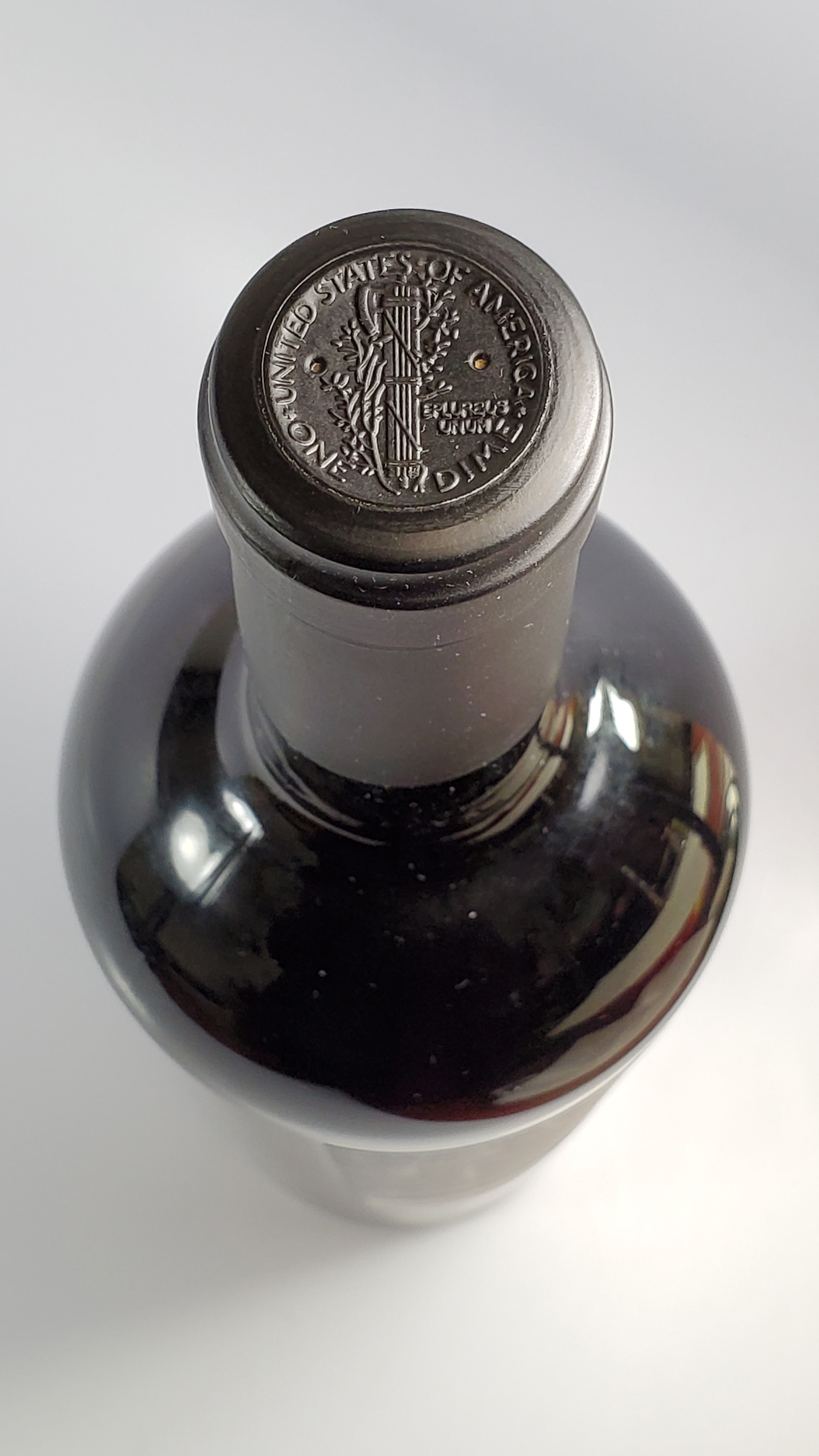
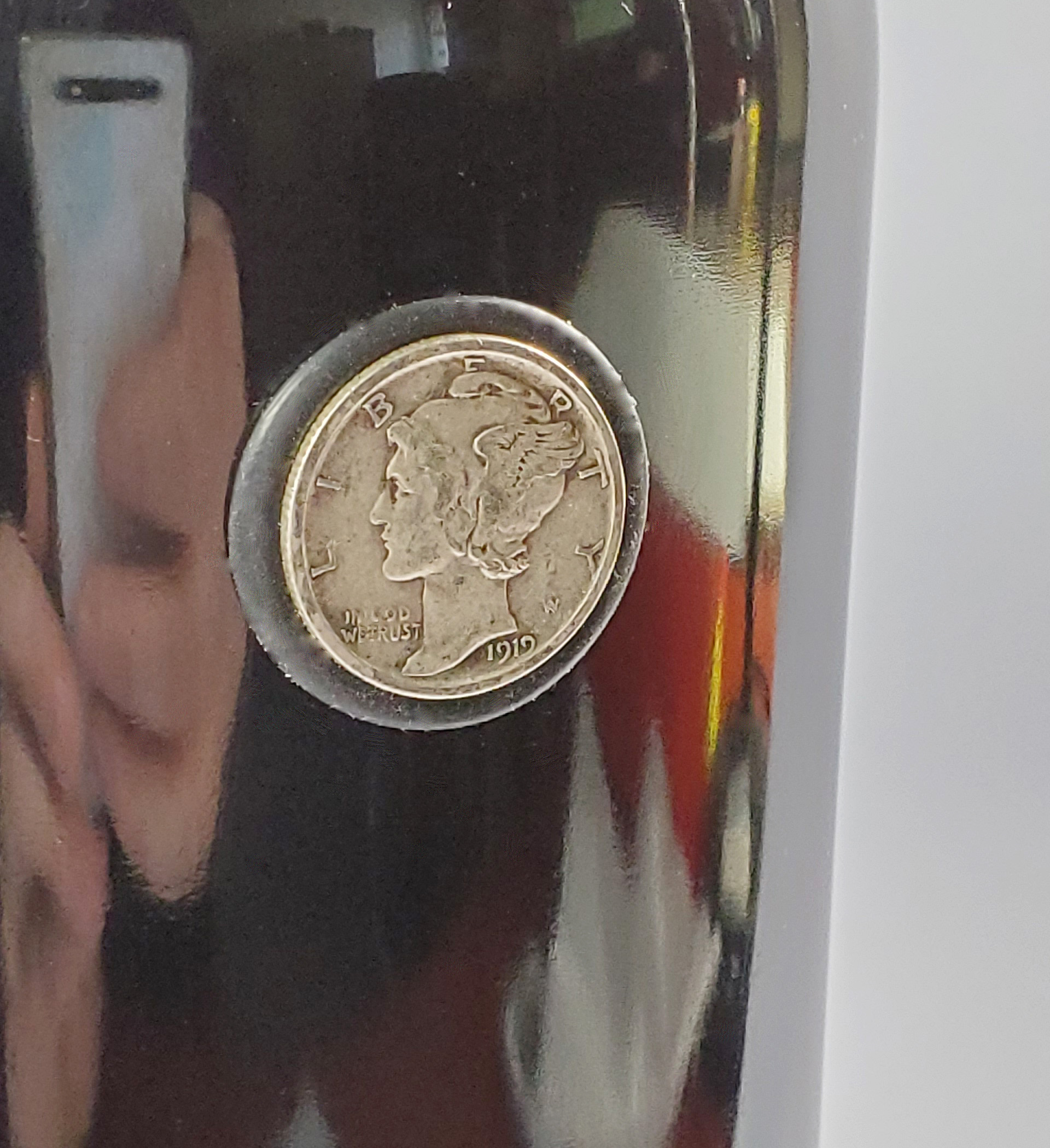
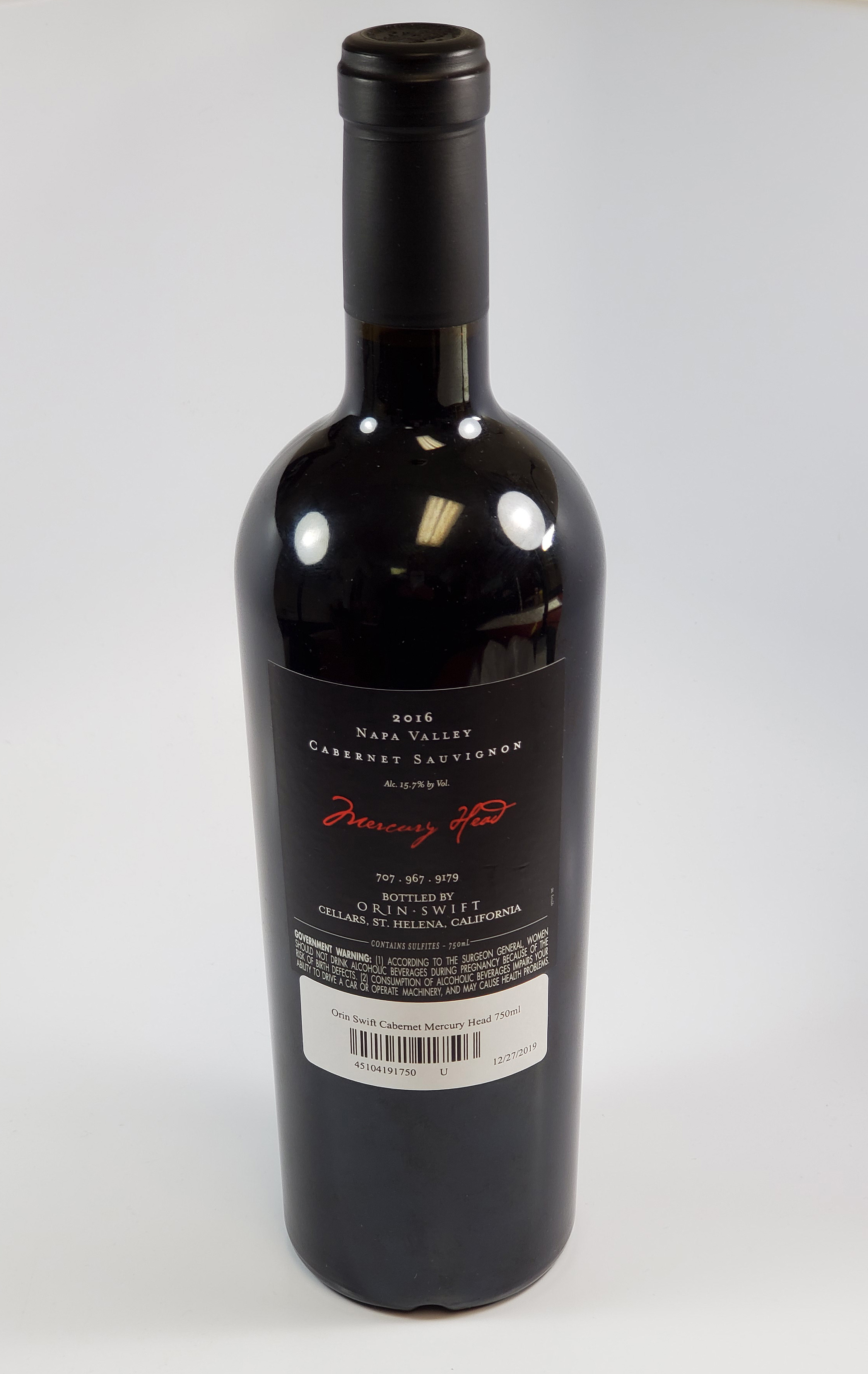
Nice replica!
No replica! That's an authentic 1919 dated Mercury Head dime.
Now, if you could only find one with a 42 over 41!
No doubt!
From all of us here at Northeast, we wish you and yours a very Happy Thanksgiving!
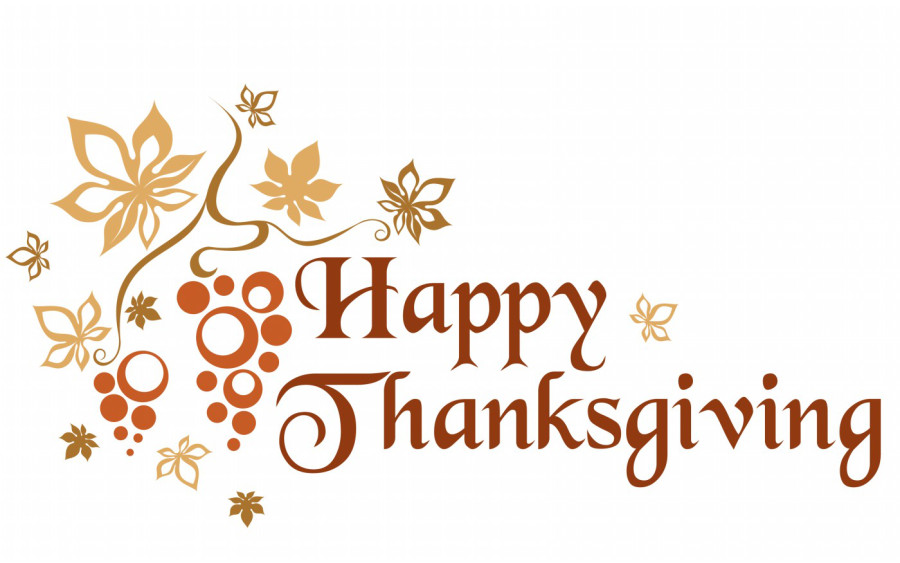
The Lutes and Wing Set:
1943 Coppers that Popularized Numismatics
A miracle was forged from America’s darkest years of conflict. During World War II, the United States Mint altered Lincoln cent production to suit the needs of a desperate nation, but transition was not seamless. The result was a spectacular numismatic legend. The 1943 cent should only have been struck from steel, yet a rare few were accidently made using copper planchets. Pocket-change discoveries of the error would hit like bolts of lightning across the country as millions lusted for the pride, money, and fame they would bring. But just twenty-six examples of this enigmatic off-metal issue ever materialized. Two are here today, united together in a unique, special-purpose NGC holder.
Ignited by the attack on Pearl Harbor, our country was whipped into a frenzy of patriotic fervor. In 1942, alternatives to the copper cent were explored to save materials necessary for war. Cent production waned in the latter months of that year, as copper was diverted from the Mint to munitions factories for use in jacketed bullets and brass shell casings. The coining presses remained silent until February 12th, 1943 (Lincoln’s birthday), when Mint Director Nellie Tayloe Ross ordered production of steel cents at the Philadelphia Mint. Along with the scrap drives, strict rationing, frequent blackouts, and war bonds came a new type of coin.
Conflict ended in 1945, and American GIs returned home to enjoy the postwar boom. Amidst the excitement, one Massachusetts high schooler’s chance discovery left the nation shocked. Seventeen-year-old Don Lutes Jr. of Pittsfield had found a 1943-dated copper cent in his cafeteria change. The Treasury Department denied his discovery, writing that “copper pennies were not struck in 1943,” but renowned numismatist Walter Breen would confirm the authenticity of Lutes’ coin. Lutes had struck the jackpot with his unique error. He received hefty offers for the 1943 copper—including an enticing $10,000—but refused to sell. Lutes finally parted ways with his discovery last year, and Northeast Numismatics acquired the coin.
The public was enthralled by Lutes’ story. People across the country from all walks of life began to feverishly search for their own ‘golden ticket’ 1943 copper. Rumors circulated that Henry Ford would trade a brand-new sedan for one of the errors. Ambitious marketers exploited the situation by selling copper-plated 1943 steel cents as novelties, creating a plague of false flag discoveries that continues today. Each discovery of a genuine example was highly publicized by the media. All the enthusiasm helped contribute to numismatics’ golden age of the 1950s and 1960s, when the ‘hobby of kings’ became as much a part of American life as baseball and barbecues.
Don Lutes was not the first collector to find a 1943 copper cent. Fourteen-year-old Kenneth S. Wing Jr. of Long Beach, California identified a 1943-S (San Francisco Mint) example in circulation during 1944. Wing did not publicize his find, and its existence remained essentially unknown to the numismatic community for many years. Wing was told privately in a 1948 meeting with the Superintendent of the San Francisco Mint that his find was likely genuine, yet the Treasury refused to recognize its authenticity. Smithsonian Curator Vladimir Clain-Stefanelli wrote in 1957 that “The authenticity of this piece is in my opinion beyond doubt.” In 2008, Wing’s family sold the coin to an Orange County dealer, and Northeast Numismatics recently purchased it at auction.
Our NGC two-coin set, containing both the Lutes and Wing specimens, is immensely significant. There are only nineteen known 1943 coppers from Philadelphia and six from San Francisco. Obtaining specimens from both mints is a daunting challenge for even the most deep-pocketed of collectors. A single 1943 Denver copper is known to exist. It became the most valuable Lincoln cent ever after selling in 2010 for a record $1.7 million and will likely not be available again for a very long time. In addition, both the Lutes and Wing specimens are discovery coins -- the first of their kind to publicly surface (a highly desirable fact for collectors). Both coins are exceptionally well-preserved, showcasing minor handling that is consistent with the grade along with rich, glossy chocolate-brown surfaces.
At the heart of the lore that propelled the 1943 copper cent to its celebrity status, these two coins popularized numismatics. They transcend our hobby and would serve as the keystone of any first-rate collection.
Written by Benjamin Simpson
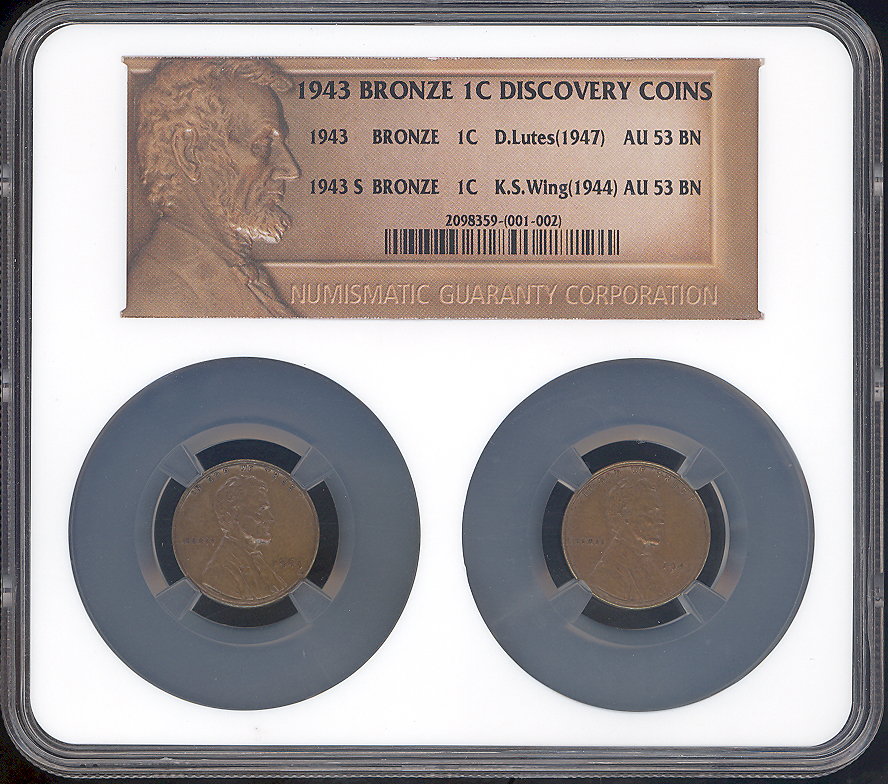
Hard at work...
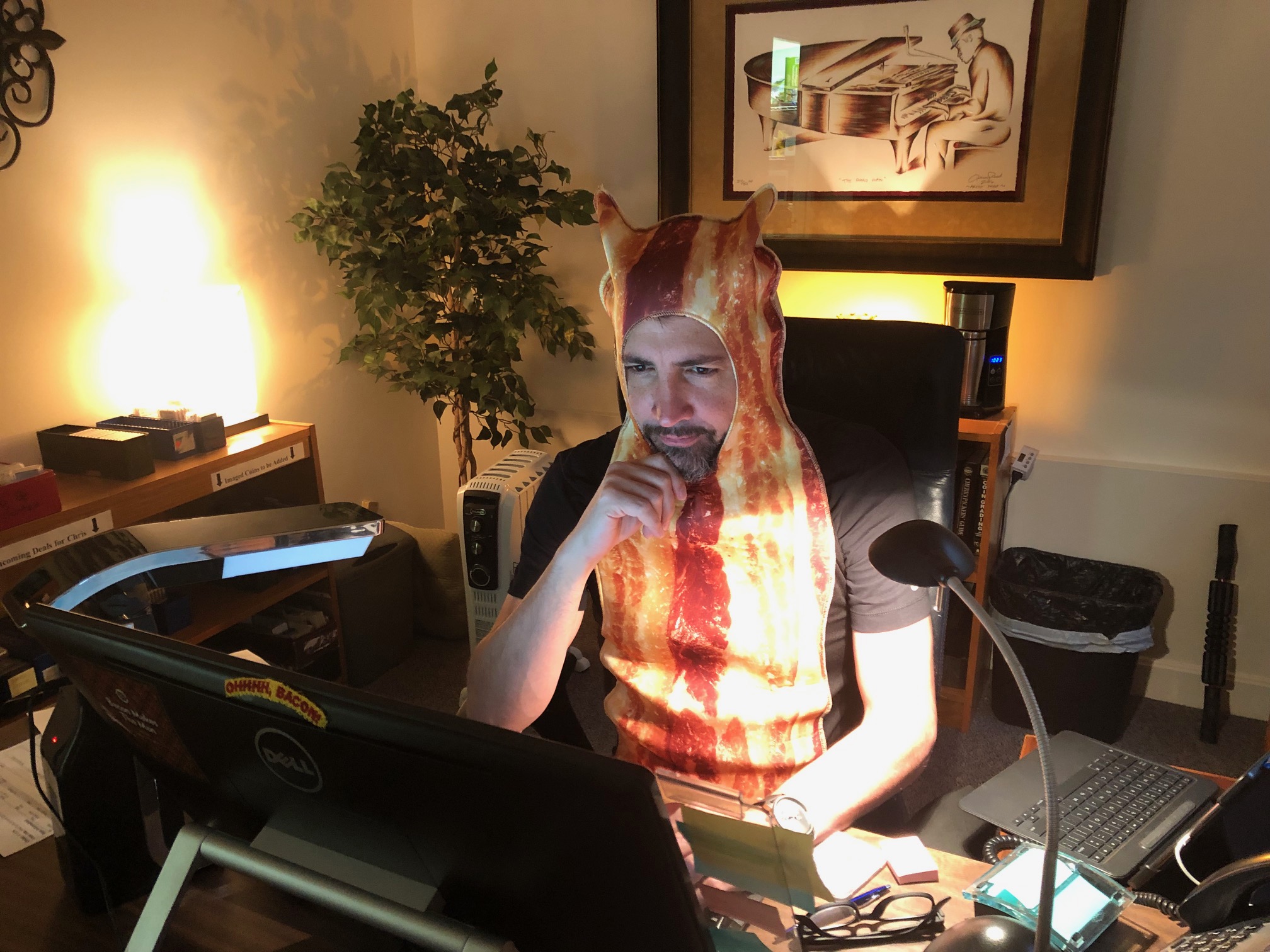
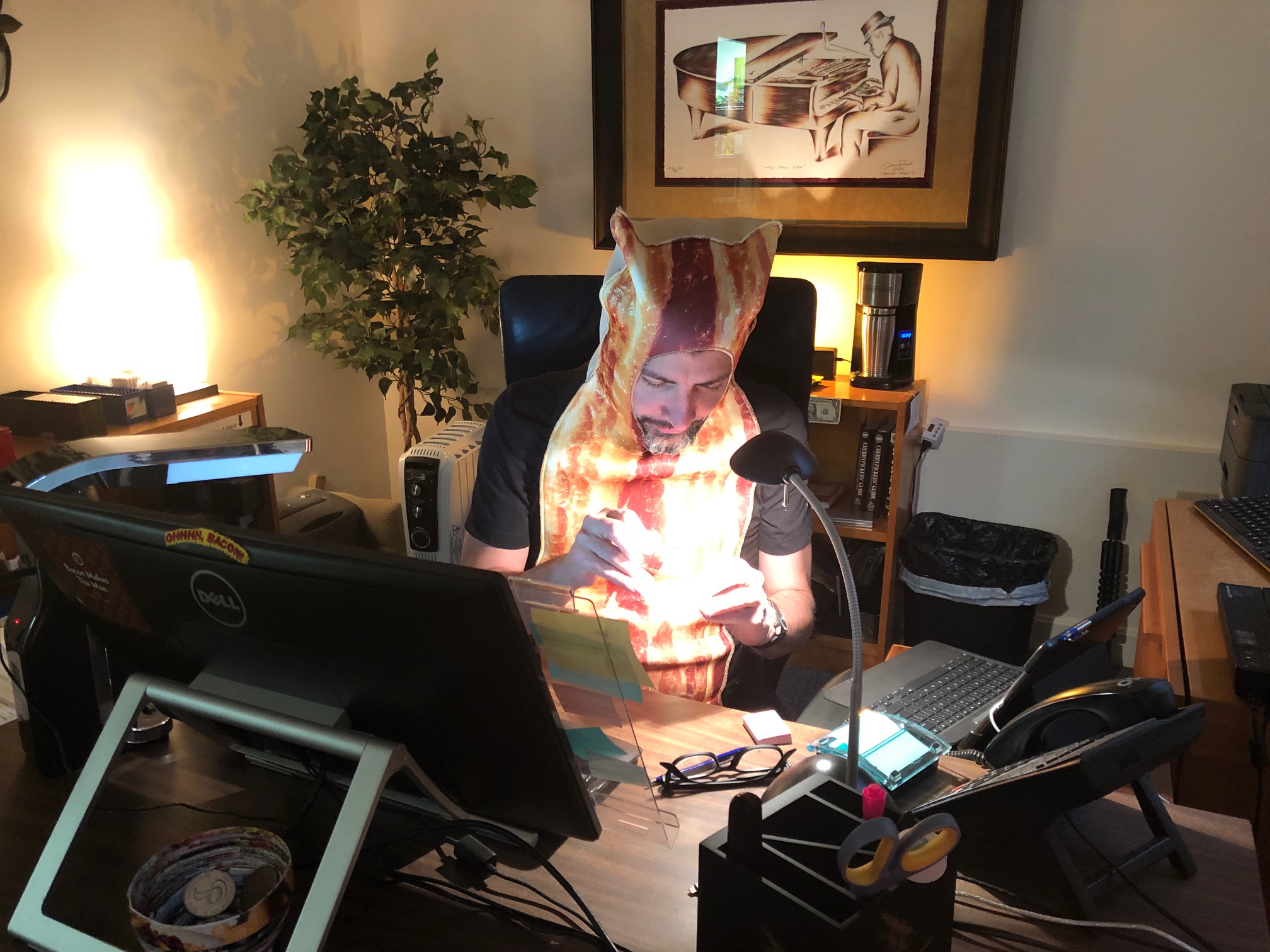
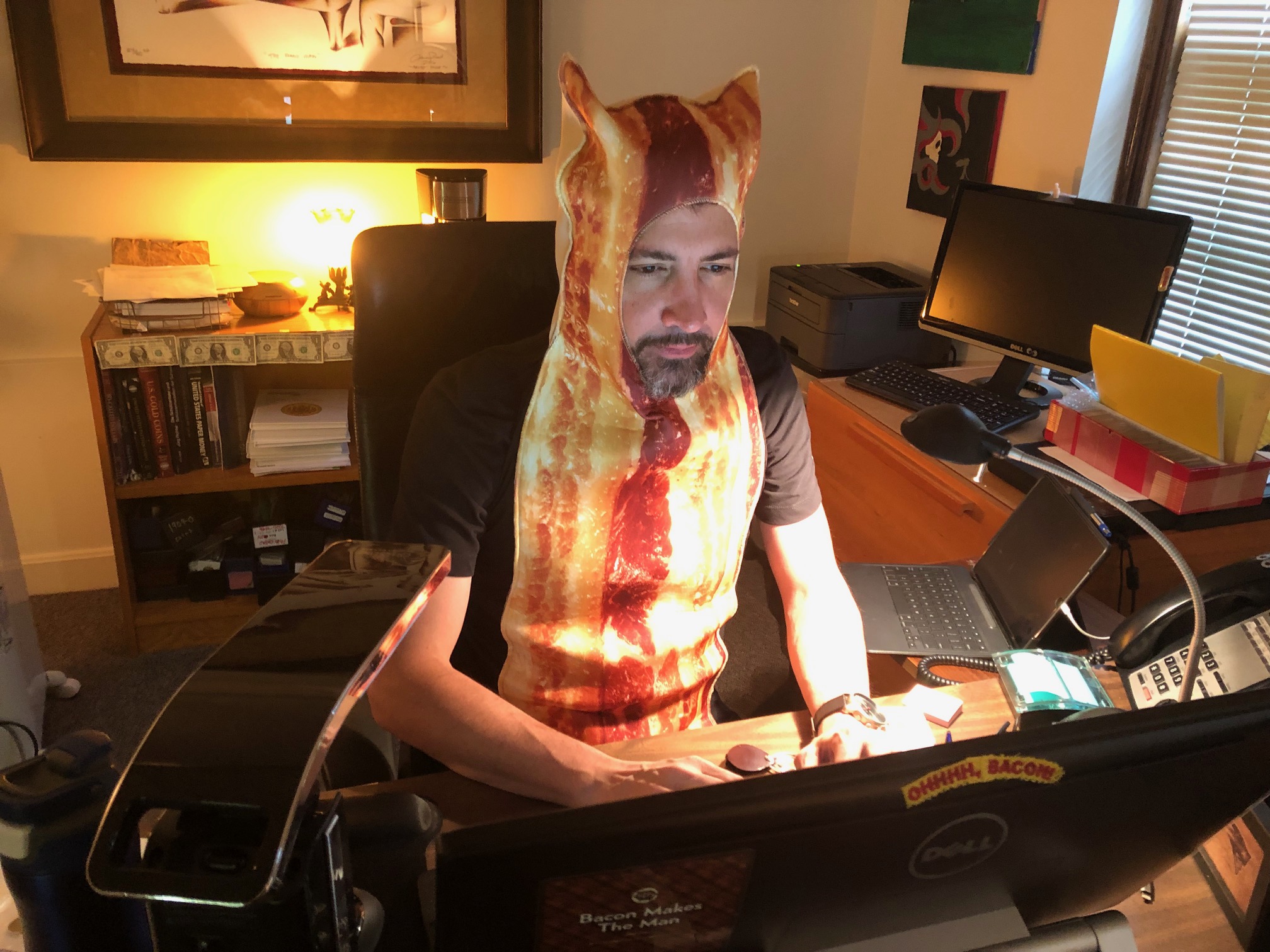
Chris would like to give a special Halloween shout-out to his friend Dave in CA.
Nintendo anyone?
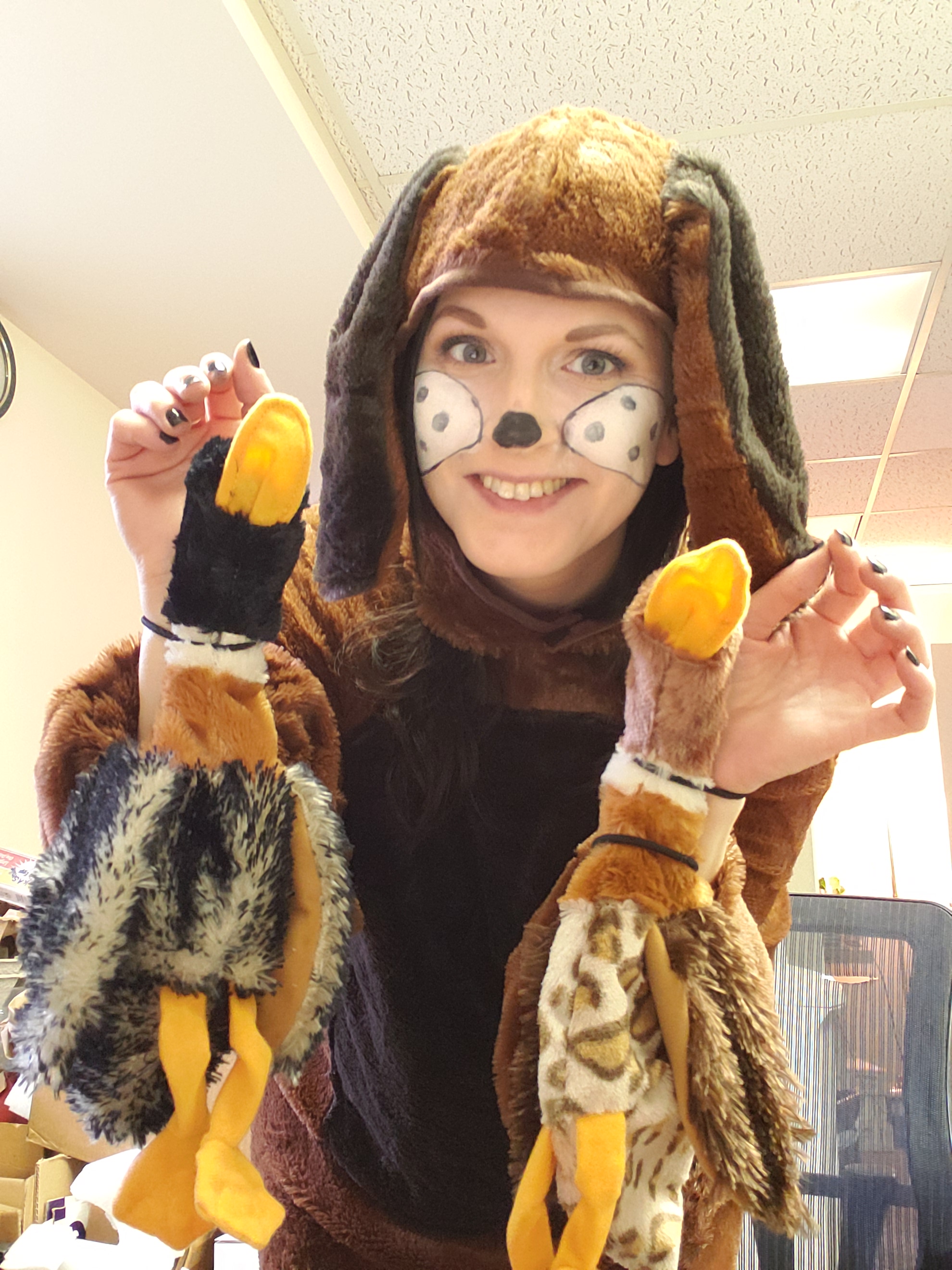
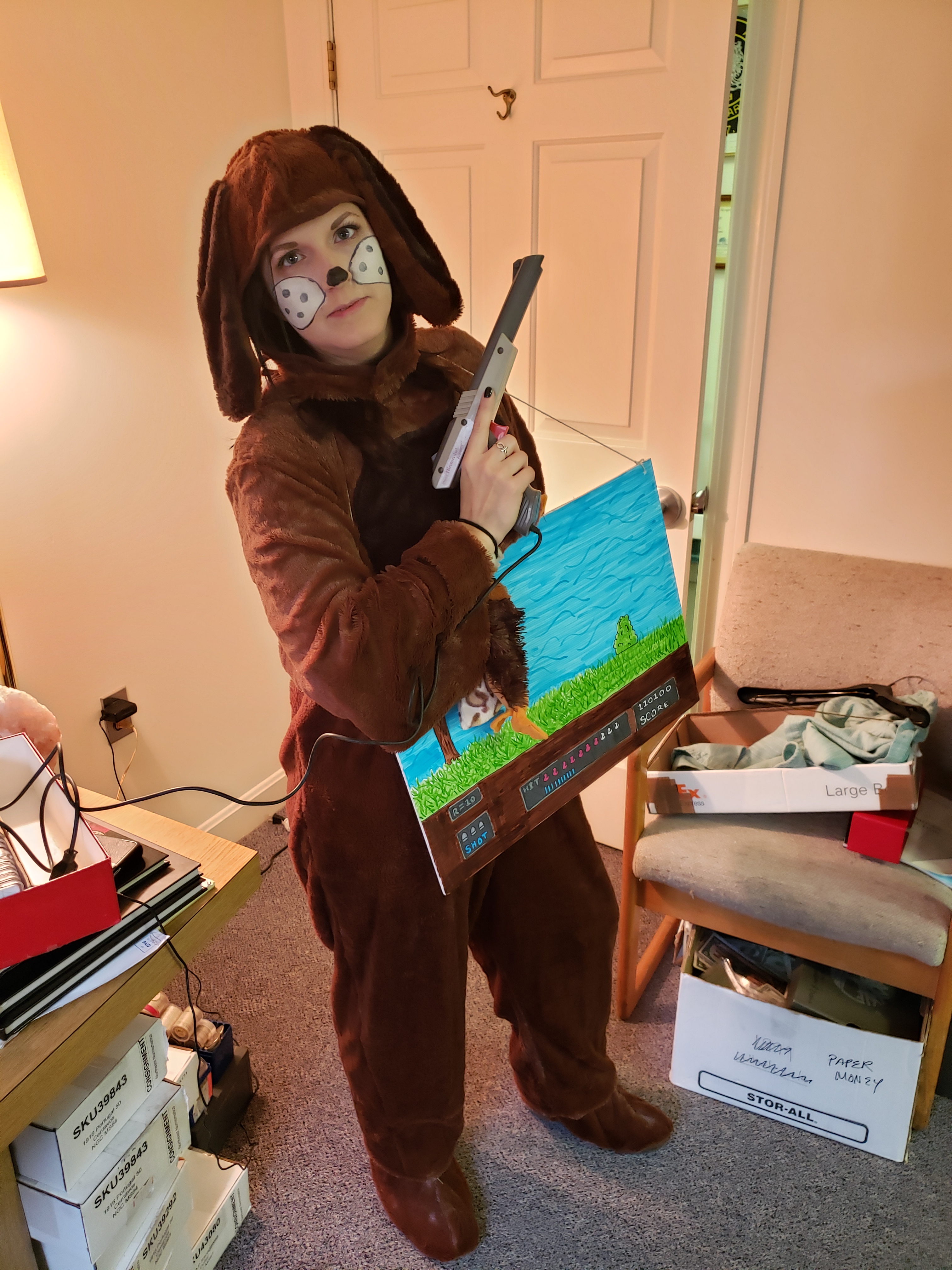
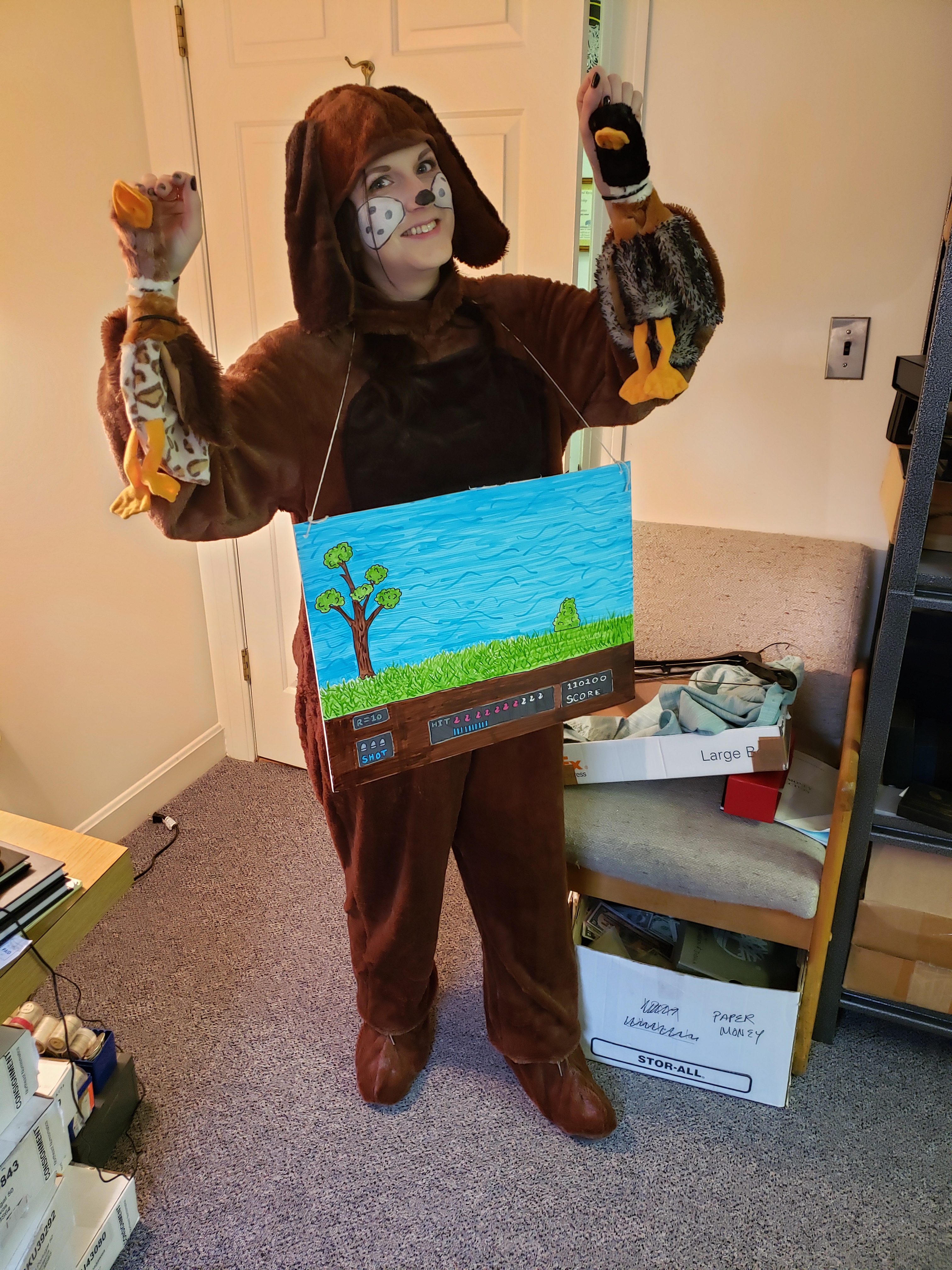
WOW! The Northeast TEAM is the Best...they are a real 'hoooowl'...
And..."may you have a fang-tastic evening, ghoul-friends! :)
LOL! Thank you, Pat! You too.



